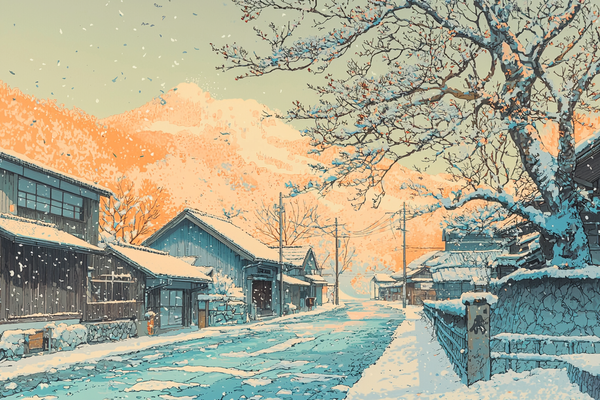Exploring motivations behind controversial timing of Tether issuances
The issuance of new Tether tokens has long been a controversial topic in the cryptocurrency world. Questions have swirled around why new Tethers are minted when they are, and whether the timing has ulterior motives. In this article, we'll explore the history of Tether issuances, common theories on the strategic timing behind them, and what impacts they may have on � markets.
A brief history of Tether and its supply expansions
Tether was launched in 2014 as a stablecoin pegged to the US dollar, acting as a blockchain-based proxy for fiat currency. For the first few years, new Tether tokens were only issued sporadically in response to user demand. But starting in 2017, Tether issuances began occurring more frequently, often in large chunks of hundreds of millions of tokens at a time.
This accelerated pace of Tether printing has continued to present day. As of September 2022, there were nearly 70 billion Tether tokens in circulation, making it the third largest cryptocurrency behind Bitcoin and Ethereum. Whenever large amounts of new Tethers enter the market, it inevitably raises questions on what motivated the timing behind it.
Theories on strategic timing of Tether issuances
Many different theories exist for why Tether Limited mints new tokens when they do. Here are some of the most common:
Providing liquidity in bear markets
One theory is that new Tethers are issued to provide liquidity to exchanges during crypto bear markets. When prices are down, trading activity tends to decline. By injecting new Tethers into the system, exchanges can continue facilitating trades even with less fiat currency flowing in. Essentially, Tether acts as a lubricant to keep crypto markets moving.
Impacting prices
Some believe Tether issuances are strategically timed to positively influence crypto prices during downturns. New Tethers are mostly purchased with Bitcoin, taking BTC out of circulation and reducing sell-side pressure. Tether then redeems tokens when prices are up, profiting from the spread. This theory suggests Tether essentially engages in unregulated market manipulation.
Maintaining the peg
Others think new issuances are simply designed to maintain Tether's 1:1 peg to the dollar. As redemptions increase during market downturns, more tokens are needed in circulation to handle demand flows and prevent Tether from drifting below $1. Supply expansions may aim to stabilize the peg more than anything else.
Generating exchange revenue
Finally, some see ulterior motives for exchanges like Bitfinex that share common ownership with Tether Limited. By issuing new Tethers, these exchanges can collect sizable fees on redemptions and transactions. Essentially, token issuances become a revenue generation tactic for exchange profits.
"I don't claim to know the real motivations behind the frequent bursts of new Tethers entering circulation. But as an economist, the patterns seem unusual and deserve scrutiny. It's hard to believe these supply expansions are simply organic responses to user demand."
What impacts do Tether issuances have?
Regardless of the true motivations, it's clear that Tether printing has real impacts on crypto markets in multiple ways:
rising Bitcoin prices
Statistical analysis has shown strong correlation between new Tether issuances and upticks in Bitcoin prices. This supports the theory that Tether could be used to "purchase" BTC and lift prices during downturns.
Increased trading volumes
The influx of new Tethers provides more capital to exchanges to facilitate trading. Trading volumes on exchanges like Bitfinex often rise in tandem with new token issuances.
Market manipulation concerns
The lack of transparency around Tether minting and potential for price manipulation has long concerned regulators. Tether could undermine fair and efficient markets if issuances are strategically timed. But regulation remains limited.
diminishing Bitcoin dominance
Some argue that Tether issuances are a key reason the overall crypto market cap has risen while Bitcoin's dominance has diminished. More Tethers makes it easier to purchase altcoins, potentially suppressing Bitcoin dominance.
How will regulation evolve around Tether issuances?
Despite lingering concerns, Tether printing has continued largely unchecked by regulators like the SEC. But ongoing legal investigations and potential action from Congress could mean changes are on the horizon.
Will government agencies ramp up oversight?
Regulators have warned that Tether could be facilitating market manipulation. But major action has yet to be taken besides fines for misrepresenting reserves. With political and public pressure mounting, regulators may be prompted to increase oversight.
Could legislation restrict stablecoin issuances?
Proposed stablecoin regulation bills seek to limit token printing authority to banks subject to federal oversight. If passed, legislation of this nature would take issuance power away from Tether and dramatically change dynamics around timing and volume.
In summary, the frequent and large issuances of new Tether tokens are likely to remain controversial until there is more transparency and oversight around the timing and motivations. But for now, Tether remains a major force with the power to potentially sway crypto markets via carefully timed expansions of its money supply.



